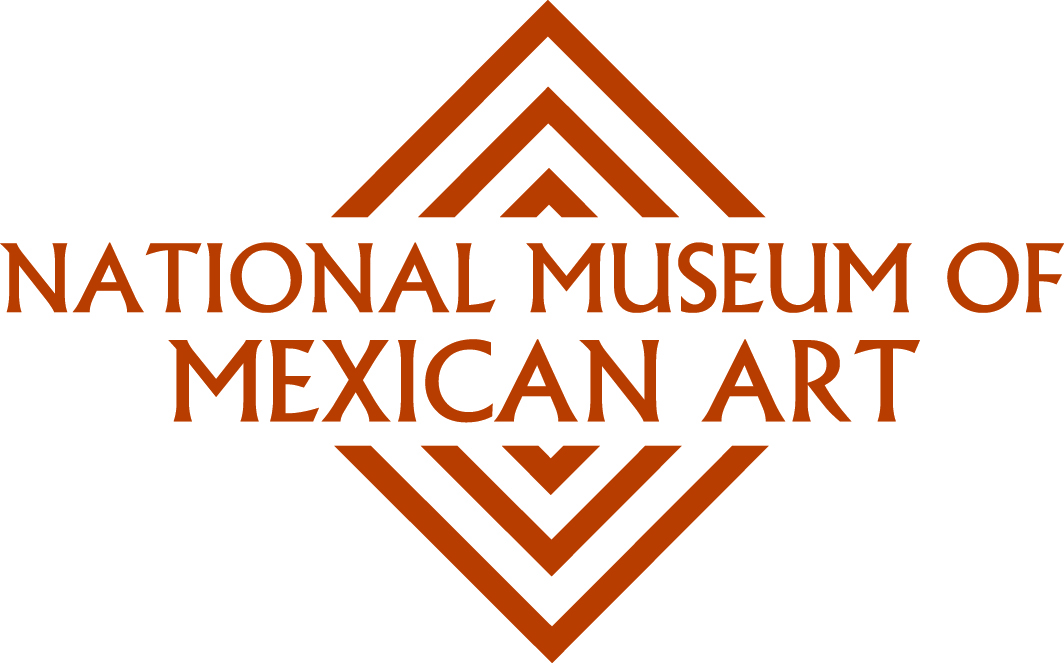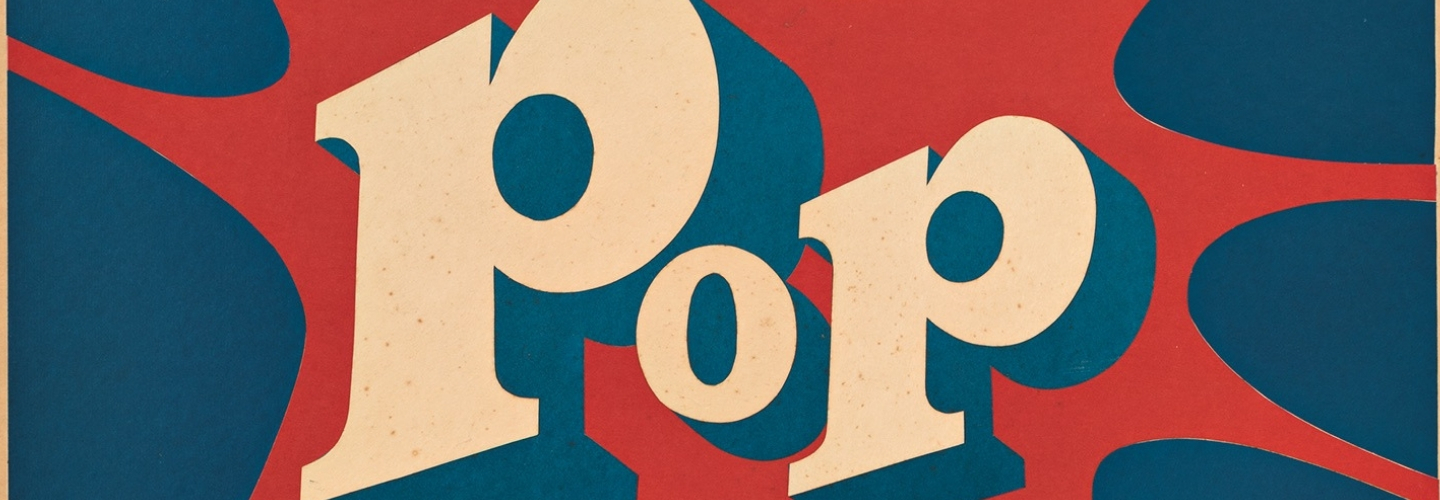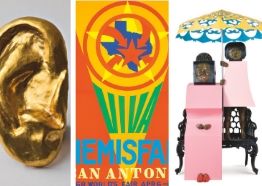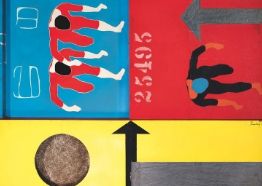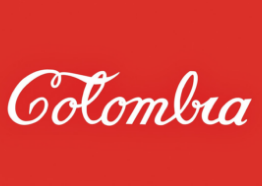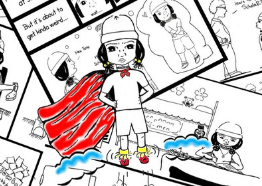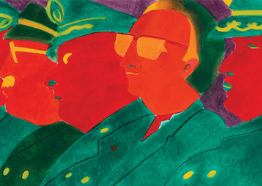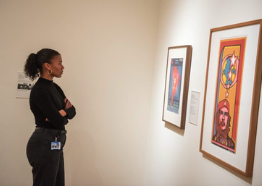Pop América, 1965–1975
Pop América, 1965–1975 challenges and reframes familiar notions of Pop Art by bringing together artists from North and South America, as well as the Caribbean. Pop América is the first exhibition to unify Latin American and Latinx expressions of Pop and explore how artists working across the hemisphere embraced its bold and colorful imagery, references to mass culture, and representations of everyday objects, signs, and symbols. The exhibition makes a timely and critical contribution to a deeper understanding of this period and the impulses behind Pop Art from the mid-1960s through the mid-1970s.
Pop América features nearly 100 artworks by artists working in Argentina, Brazil, Chile, Colombia, Cuba, Mexico, Peru, Puerto Rico, Venezuela, and the United States, sparking an expansion and reconsideration of Pop as a U.S. and British phenomenon. The exhibition reshapes debates over Pop’s perceived political neutrality and aesthetic innovations. The artists in the exhibition create vital dialogues that cross national borders and include Antonio Dias, Rubens Gerchman, Roy Lichtenstein, Marisol, Cildo Meireles, Marta Minujín, Hugo Rivera-Scott, and Andy Warhol, among others. United by their use of Pop’s visual strategies, these artists have made bold contributions to conceptualism, performance, and new-media art, as well as social protest, justice movements, and debates about freedom.
Pop América opened in October 2018 at the McNay Art Museum in San Antonio, Texas, and will be on view at the Nasher Museum at Duke University until July 2019 before traveling to the Block Museum at Northwestern University.
Pop América, 1965–1975
Pop América, 1965–1975 desafía y replantea nociones familiares del Pop Art al reunir a artistas de América del Norte, y del Sur, y el Caribe. Pop América es la primera exposición que unifica las expresiones latinoamericanas y latinx del Pop y explora cómo artistas trabajando por todo el hemisferio adoptaron sus atrevidas y coloridas imágenes, referencias a la cultura de masas y representaciones de objetos, signos y símbolos cotidianos. La exposición hace una contribución oportuna y crítica a una comprensión más profunda de este período y los impulsos detrás del arte Pop desde mediados de la década de 1960 hasta mediados de la década de 1970.
Pop América cuenta con cerca de 100 obras de arte de artistas trabajando en Argentina, Brasil, Chile, Colombia, Cuba, México, Perú, Puerto Rico, Venezuela y los Estados Unidos, desatando una expansión y reconsideración del Pop como un fenómeno estadounidense y británico. La exposición remodela los debates sobre la neutralidad política percibida del Pop y las innovaciones estéticas. Los artistas en la exposición crean diálogos vitales que cruzan las fronteras nacionales e incluyen a Antonio Dias, Rubens Gerchman, Roy Lichtenstein, Marisol, Cildo Meireles, Marta Minujín, Hugo Rivera-Scott y Andy Warhol, entre otros. Unidos por el uso de las estrategias visuales del Pop, estos artistas han hecho contribuciones audaces al conceptualismo, a la performance y al arte de los nuevos medios, así como a la protesta social, los movimientos de justicia y los debates sobre la libertad.
Pop América abrió sus puertas en octubre del 2018 en el McNay Art Museum en San Antonio (Texas), y estará disponible en el Nasher Museum en Duke University hasta julio del 2019 antes de trasladarse al Block Museum en Northwestern University.
Catalog: Pop América, 1965–1975
216 pages | 175 color illustrations | Published Oct. 2018 | Duke University Press
Editor: Esther Gabara
Contributors: Richard Aste, Natalia de la Rosa, Sergio Delgado Moya, Pilar Garcia, Jennifer Josten, Camila Maroja, Alonso Rodrigo, Sarah Walker Schroth, Roberto Tejada, Lyle Williams
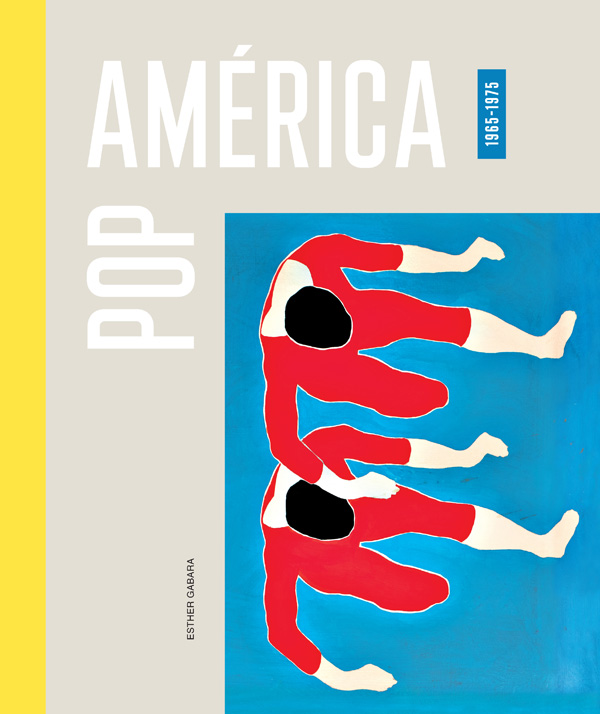 Pop América, 1965–1975 accompanies the first traveling exhibition to stage Pop art as a hemispheric phenomenon. The bilingual, richly illustrated catalog reveals the skill with which Latin American and Latino/a artists adapted familiar languages of mass media, fashion, and advertising to create experimental art in a startling range of mediums. In a new era in hemispheric relations, artists enacted powerful debates over what “America” was and what Pop art could do, offering a radical new view onto the postwar “American way of life” and Pop’s presumed political neutrality.
Pop América, 1965–1975 accompanies the first traveling exhibition to stage Pop art as a hemispheric phenomenon. The bilingual, richly illustrated catalog reveals the skill with which Latin American and Latino/a artists adapted familiar languages of mass media, fashion, and advertising to create experimental art in a startling range of mediums. In a new era in hemispheric relations, artists enacted powerful debates over what “America” was and what Pop art could do, offering a radical new view onto the postwar “American way of life” and Pop’s presumed political neutrality.
Nine essays grounded in original archival research narrate transnational accounts of how these artists remade América. The authors connect the decisive design of the Chicano/a movement in the United States with the vivid images of the Cuban Revolution and new contributions to the Mexican printmaking tradition. They follow iconic Pop images and tactics as they traveled between New York and São Paulo, Bogotá and Mexico City, San Francisco and La Habana. Pop art emerges in a fully American profile, picturing youthful celebration and painful violence, urban development and rural practices, and pronouncements of freedom made equally by democratic and repressive regimes.
Select Press
 |
Chicago Tribune - Lori Waxman (November 18, 2019) |
 |
‘Pop America’ Reframes Pop Art, Expands Notion of ‘America’ WTTW - Chicago Tonight - Marc Vitali (October 17, 2019) |
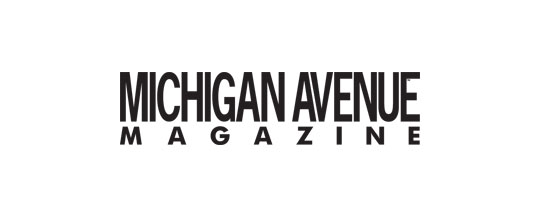 |
Feast Your Eyes: Top Five Picks for Autumn Art Season Michigan Avenue Magazine - Kyle Macmillan (August 21, 2019) |
 |
Game-Changing Art Exhibit Unpacks the Latino History of Pop Art, BELatina - Kat McCue (June 28, 2019) |
 |
Pop America: Expo Sobre el Arte Pop LatinoAmerico AllCityCanvas (Mexico) - Karla Mariana Huerta (April 23, 2019) |
|
The Latin American History of Pop Art Hyperallergic - Brenna Casey (April 12, 2019) |
Inside the Exhibition
Our colleagues at the Nasher Museum and McNay Art Museum Share their takes on the exhibition.
Support
Pop América, 1965-1975 is co-organized by the Nasher Museum of Art at Duke University, Durham, North Carolina, and the McNay Art Museum, San Antonio, Texas. The exhibition is guest curated by Esther Gabara, E. Blake Byrne Associate Professor of Romance Studies and associate professor of Art, Art History & Visual Studies at Duke University.
Pop América, 1965-1975 is a recipient of the inaugural Sotheby’s Prize and is supported by The Andy Warhol Foundation for the Visual Arts. Additional thanks to the Institute for Studies on Latin American Art (ISLAA) and to its President and Founder, Ariel Aisiks.
This project is supported in part by an award from the National Endowment for the Arts. The Block Museum of Art’s presentation of the exhibition is supported in part by the Alumnae of Northwestern University.
Exhibition programs are presented in partnership with the National Museum of Mexican Art.

